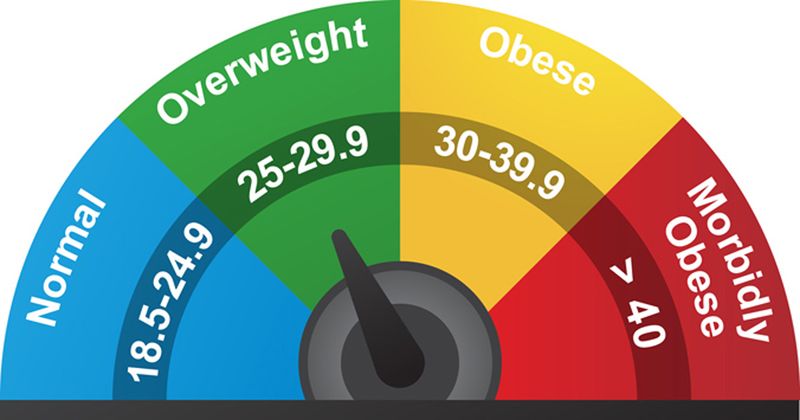Top in endocrinology: Maternal BMI linked to daughter’s BMI; cancer screening in diabetes
Click Here to Manage Email Alerts
Girls born to mothers with higher BMIs had a greater risk for obesity compared with those born to mothers with normal BMIs, according to a recent study.
“These findings are important as girls at higher risk of overweight and obesity due to their maternal characteristics could be identified early in life,” Rebecca J. Moon, BM, PhD, MRCPCH, clinical lecturer in the MRC Lifecourse Epidemiology Centre at the University of Southampton, told Healio.

It was the top story in endocrinology last week.
The second top story was about a study which found that random screening for colorectal cancer with fecal immunochemical tests detected more cases at earlier stages than not screening, and more cases were detected among those with diabetes than those without.
Read these and more top stories in endocrinology below:
BMI, fat mass tightly associated between mothers and daughters
Maternal BMI and fat mass are positively associated with the BMI and fat mass of daughters aged 6 to 9 years, according to findings published in The Journal of Clinical Endocrinology & Metabolism. Read more.
Screening program detects more colorectal cancers in adults with diabetes
A colorectal cancer screening program in Denmark that used fecal immunochemical testing detected more cases among adults with diabetes and more cases at stage I of the disease than among those without diabetes, according to data published in Diabetic Medicine. Read more.
GLP-1/glucagon dual agonist linked to 10% weight loss in half of adults with obesity
About half of adults taking a novel peptide-based GLP-1/glucagon dual receptor agonist in development for the treatment of obesity in nonalcoholic steatohepatitis lost 10% or more body weight at 24 weeks, according to a press release. Read more.
Steatosis present in most adults with type 1 diabetes and overweight or obesity
Hepatic steatosis may be present in most adults with type 1 diabetes, especially those with overweight or obesity, according to a study published in Journal of Diabetes and Its Complications. Read more.
Diabetic retinopathy prevalence increases over time in pediatric type 2 diabetes
The prevalence of diabetic retinopathy among children and adolescents with type 2 diabetes greatly increases 5 years after diabetes diagnosis, according to findings from a systematic review and meta-analysis. Read more.
